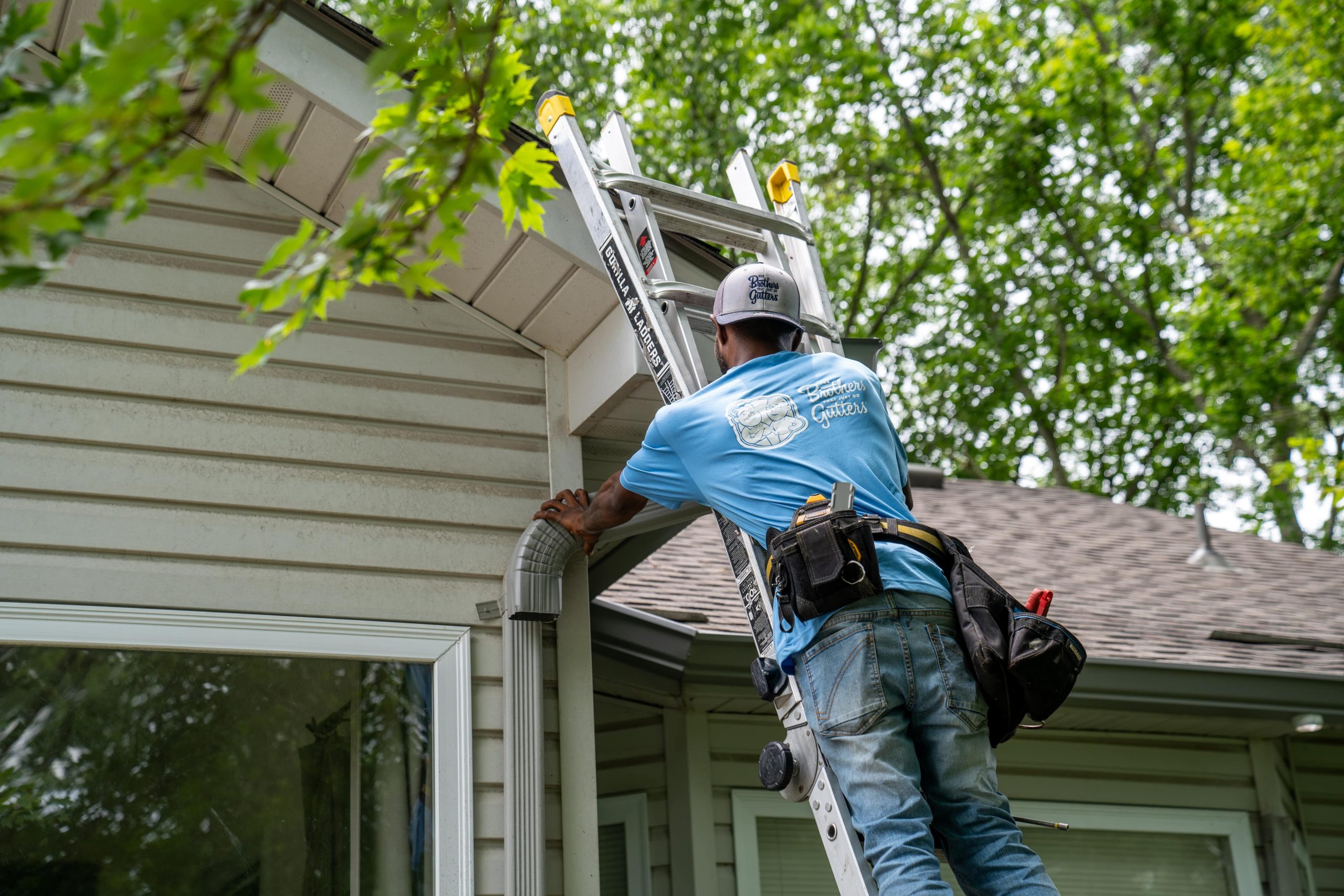Ice dams can be a major headache for homeowners, especially in places like Goffstown, NH, where snow and freezing temperatures are common. When ice builds up on the edge of your roof, it can prevent melting snow from draining properly, leading to water seeping into your home and causing damage to the interior and exterior. Removing ice dams is essential to prevent costly repairs and maintain the integrity of your home. While hiring a professional to remove ice dams is a popular option, many homeowners prefer the DIY approach to save money and gain a sense of accomplishment. In this guide, we’ll explore the best practices for safely and effectively removing ice dams from your roof on your own.
Ice Dams
Before delving into the removal process, it’s crucial to understand what exactly ice dams are and how they form. Ice dams are ridges of ice that form at the edge of a roof, preventing melting snow from draining properly. They are typically caused by a combination of factors, including:
Inadequate insulation in the attic, leading to heat escaping and melting snow on the roof.
Fluctuating temperatures that cause snow to melt during the day and refreeze at night.
Clogged gutters and downspouts that prevent proper drainage.
Tools and Safety Precautions
When attempting to remove ice dams on your own, safety should be your top priority. Before starting the removal process, gather the necessary tools and take the following precautions:
Safety goggles and a sturdy ladder to safely access the roof.
A roof rake or long-handled snow shovel to remove snow from the roof.
A blunt mallet or ice pick to carefully break up the ice dams.
A calcium chloride ice melt product to help facilitate the melting of the ice.
Removing Ice Dams
Once you’ve assembled the necessary tools and taken safety precautions, you can begin the ice dam removal process:
Start by safely removing snow from the roof using a roof rake or long-handled snow shovel. This will help prevent additional weight on the roof and minimize the risk of ice dam formation.
Use a blunt mallet or ice pick to carefully break up the ice dams. Avoid using sharp objects or excessive force, as this can damage the roof and gutters.
Apply a calcium chloride ice melt product to the ice dams as directed. This will help facilitate the melting process and create channels for water to drain.
Monitor the progress of the ice melting and ensure that the water is draining properly from the roof. If necessary, repeat the application of the ice melt product to fully clear the ice dams.
Preventive Measures
In addition to removing existing ice dams, it’s important to take preventive measures to minimize the risk of future ice dam formation. Consider the following steps:
Improve attic insulation to prevent heat from escaping and melting snow on the roof.
Ensure proper ventilation in the attic to maintain consistent temperatures and prevent snow from melting and refreezing.
Clean gutters and downspouts regularly to ensure proper drainage and prevent ice dams from forming.
Consider installing heated cables along the roof’s edge to prevent ice dams from forming.
End thoughts
By following these DIY ice dam removal and preventive measures, homeowners in Goffstown, NH, can effectively address ice dam issues and protect their homes from potential water damage. While DIY ice dam removal is a viable option for many homeowners, it’s important to prioritize safety and consider seeking professional assistance if the task seems daunting or if safety concerns arise.
Get Free Quote: Brothers Gutters of Merrimack Valley serves the zip codes 03045, 03046, 03048, and 03102 for all your gutter installation, repair, and maintenance needs.


